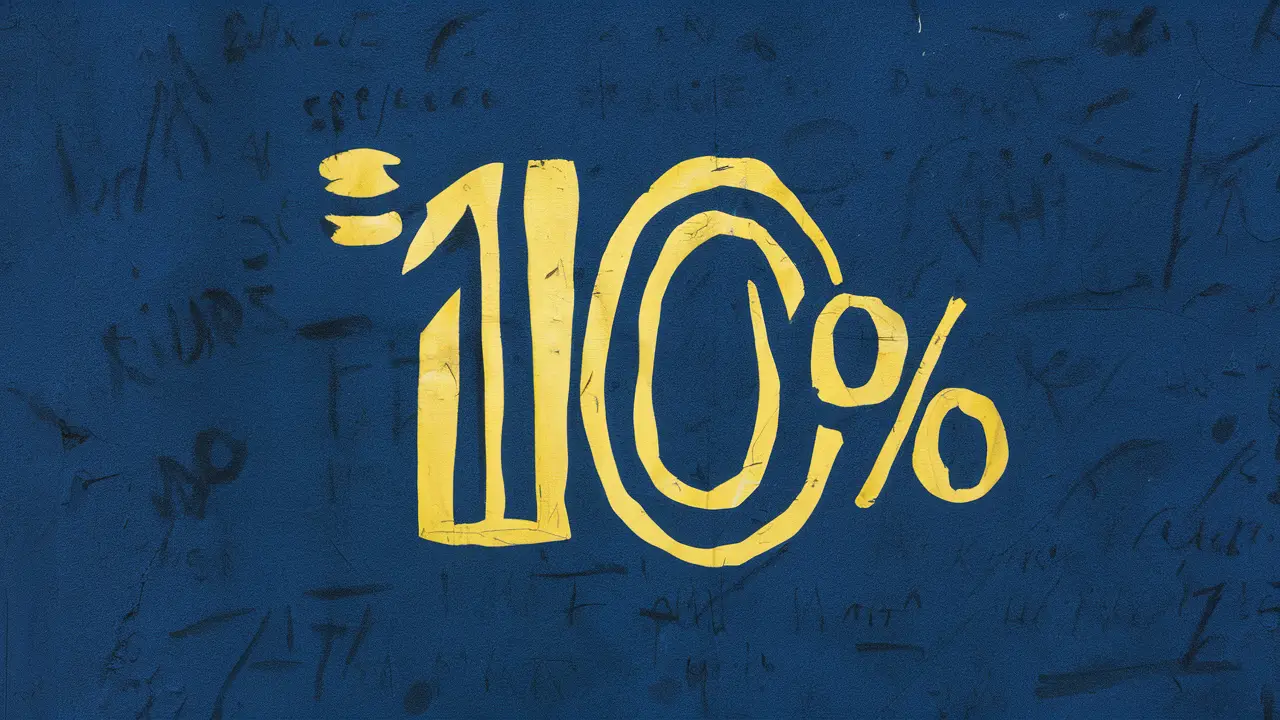Why should you learn to quickly find out discounts when shopping? This skill helps you keep your budget and makes you a smart shopper. It makes sure you always get the best deal. In today’s world, saving money matters a lot.
Knowing how to work out discounts can save you a lot over time. This is especially handy during sales, holiday shopping, or when managing monthly expenses. Learning to figure out a 10 percent discount is a good start.
It’s a common discount in stores. So, let’s learn the simple way to figure out a 10 percent discount. This will help you the next time you go shopping.
How to Calculate 10 Percent Off a Price
Figuring out 10 percent off any price is easy. Start with the item’s full price. Suppose it costs $50. The first thing to know is what 10 percent means. It’s 10 out of every 100. So, for every $100, 10 percent is $10. To find 10 percent of any number, just move the decimal point one spot to the left.
For a $50 item, shifting the decimal one spot left changes $50.00 to $5.00. That $5.00 is 10 percent of your starting price. Now, subtract this $5.00 from the original $50.00. Your new price after the discount is $45.00. This method works with any price. It helps you quickly see how much you’re saving.
Common Mistakes to Avoid When Calculating Discounts
People often make the mistake of moving the decimal point wrong. This small slip can make a big difference in the price. Always check that you’ve moved the decimal one spot left for 10 percent, no more, no less. Another error is mixing up percent off with dollars off.
Remember, a percent is part of the original price, not a set amount. Make sure the price you’re discounting hasn’t already been lowered. Putting a discount on a price that’s already reduced without knowing can mess up your math. Watch the original prices and deals closely to rightly apply your 10 percent off.
How to Calculate with a Different Percentage
Need to figure out a different percent off, like 20 percent or 30 percent? You use the same steps. For 20 percent, move the decimal one place left and multiply by 2. For 30 percent, move the decimal one place left and multiply by 3.
This method is consistent and can be changed to fit any percent quickly. This approach works no matter the number size. Try it with different percentages to get good at quickly knowing how much you save with various sales.
Conclusion
Knowing how to figure out discounts, especially how to take 10 percent off any price, is very useful. It helps you make better buying decisions, making sure you always get the best deal. Practice this regularly to become a smart shopper. Every time you work out your savings, you’re not just saving money, you’re also boosting your money smarts

